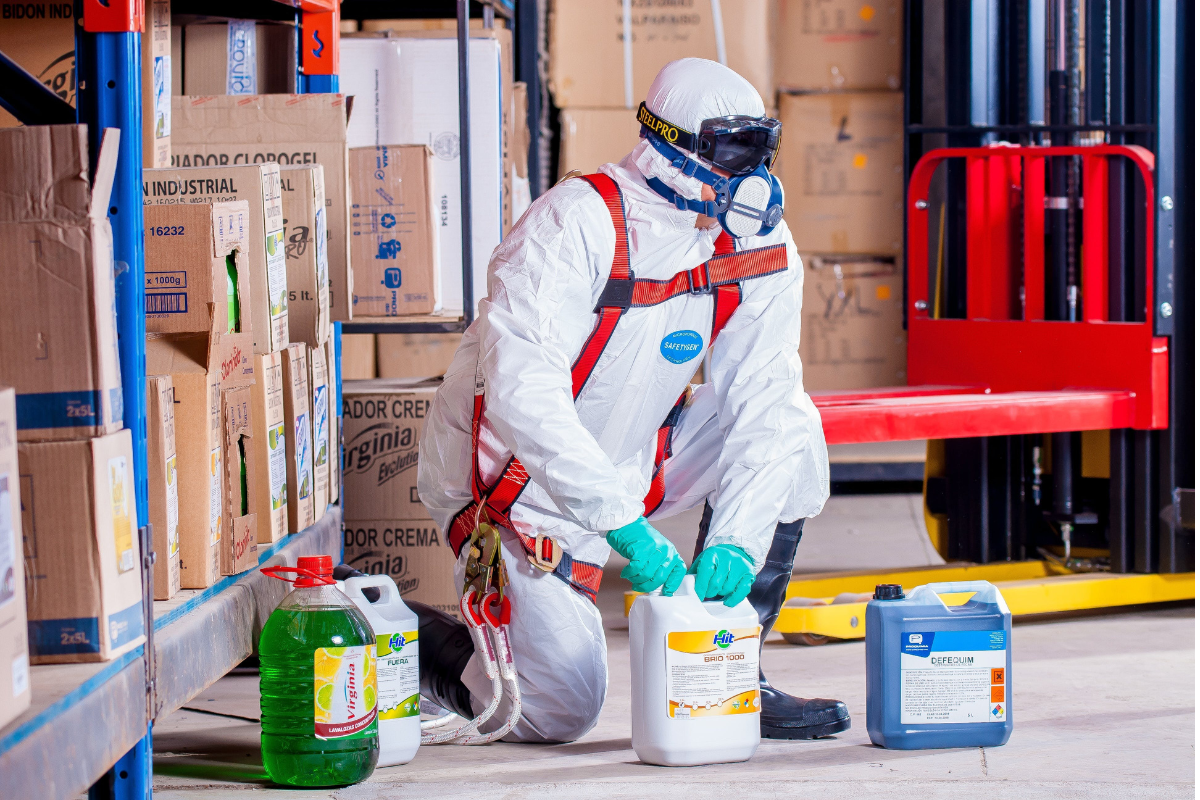As new workers enter the workforce, it is crucial for employers to prioritize their safety and minimize the risk of injuries on the job. Creating a safe work environment is not only a legal requirement, but it also enhances employee morale and productivity. In this article, we will explore effective strategies that employers can implement to reduce the likelihood of new workers getting injured at work.
The Importance of Workplace Safety
Workplace safety should be a top priority for employers. Not only does it protect employees from harm, but it also helps to maintain a positive work environment. When workers feel safe, they are more likely to be motivated and productive. Additionally, a safe workplace reduces the risk of costly accidents and legal liabilities. Employers must understand that investing in safety measures is an investment in the success and well-being of their business.
One of the first steps in minimizing injuries is understanding the common causes of workplace accidents for new workers.
Common Causes of Injuries for New Workers
New workers are particularly vulnerable to accidents due to their lack of experience and familiarity with the job environment. Some common causes of injuries for new workers include:
- Inadequate training: Insufficient training can leave new workers unprepared to handle the specific hazards of their job. They may not know how to operate equipment correctly or identify potential risks.
- Comprehensive training programs are essential to equip new workers with the necessary skills and knowledge to perform their jobs safely.
- Lack of awareness: New workers may not be aware of the potential hazards in their workplace.
- They may not recognize dangerous situations or know how to respond appropriately. Employers should educate new workers about the specific risks associated with their job and provide guidance on how to mitigate them.
- Improper use of equipment: New workers may not be familiar with the correct procedures for using equipment or machinery. This can lead to accidents and injuries. Employers must ensure that new workers receive proper training on equipment operation and maintenance.
The Role of Employers in Minimizing Workplace Injuries
Employers have a crucial role to play in minimizing workplace injuries, especially for new workers. By taking proactive measures, employers can create a safe and secure work environment. Here are some strategies employers can implement:
Implementing Effective Training Programs for New Workers
Thorough and ongoing training programs are essential for new workers. Employers should provide comprehensive training that covers all aspects of the job, including safety protocols, equipment operation, and hazard recognition. Training should be interactive and hands-on to ensure that new workers understand and retain the information. Additionally, employers should provide refresher training periodically to reinforce safe practices.
Providing Proper Safety Equipment and Resources
Personal protective equipment (PPE) is an essential component of workplace safety. Employers should assess the specific needs of each job role and provide appropriate PPE such as helmets, gloves, safety glasses, and protective clothing. It is crucial to ensure that PPE is readily available and properly maintained. Employers should also provide resources such as safety manuals, posters, and signage to remind workers of safety procedures and precautions.
Creating a Culture of Safety in the Workplace
A strong safety culture is built on open communication, employee involvement, and positive reinforcement. Employers should encourage workers to report hazards and near-miss incidents without fear of reprisal. Regular safety meetings should be conducted to discuss safety concerns, share best practices, and address any issues or questions raised by workers. Employers should also recognize and reward employees for their commitment to safety, fostering a culture where safety is a shared responsibility.
Regular Safety Inspections and Hazard Identification
Employers should conduct regular safety inspections to identify potential hazards and take corrective actions. This includes checking equipment, machinery, and work areas for any defects or hazards. Inspections should be documented, and any identified risks should be promptly addressed. By proactively identifying and mitigating hazards, employers can prevent accidents and injuries before they occur.
Encouraging Open Communication and Reporting of Hazards
Employees should feel comfortable reporting hazards or safety concerns to their supervisors or designated safety personnel. Employers should establish clear channels of communication for reporting and addressing safety issues. An anonymous reporting system can also be implemented to encourage open and honest reporting. Employers should investigate and take appropriate action to address reported hazards promptly and effectively.
Monitoring and Evaluating Safety Measures
To ensure the effectiveness of safety measures, employers should regularly monitor and evaluate their safety programs. This includes reviewing accident reports, conducting safety audits, and analyzing near-miss incidents. By analyzing data and feedback, employers can identify areas for improvement and make necessary adjustments to their safety protocols. Continuous monitoring and evaluation help to maintain a safe work environment and prevent future accidents.
Conclusion
Prioritizing workplace safety is crucial for employers to minimize injuries among new workers. By implementing comprehensive training programs, providing proper safety equipment, fostering a culture of safety, conducting regular safety inspections, and encouraging open communication, employers can create a safer and more productive work environment. Investing in workplace safety not only protects employees but also benefits employers by reducing costs associated with accidents and legal liabilities. Employers who prioritize safety demonstrate their commitment to the well-being and success of their workforce.
© Virtual HR Services for Small Businesses LLC

